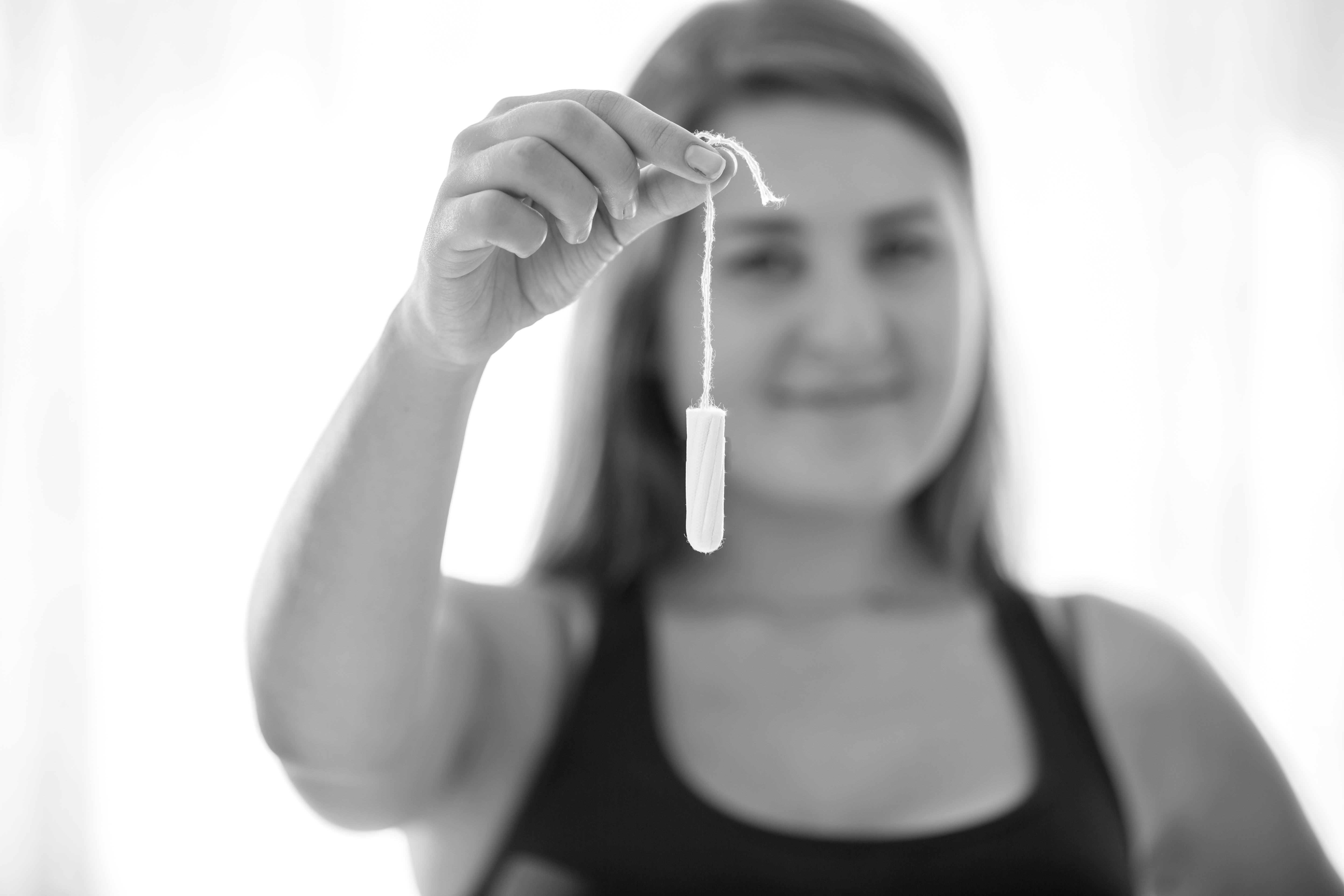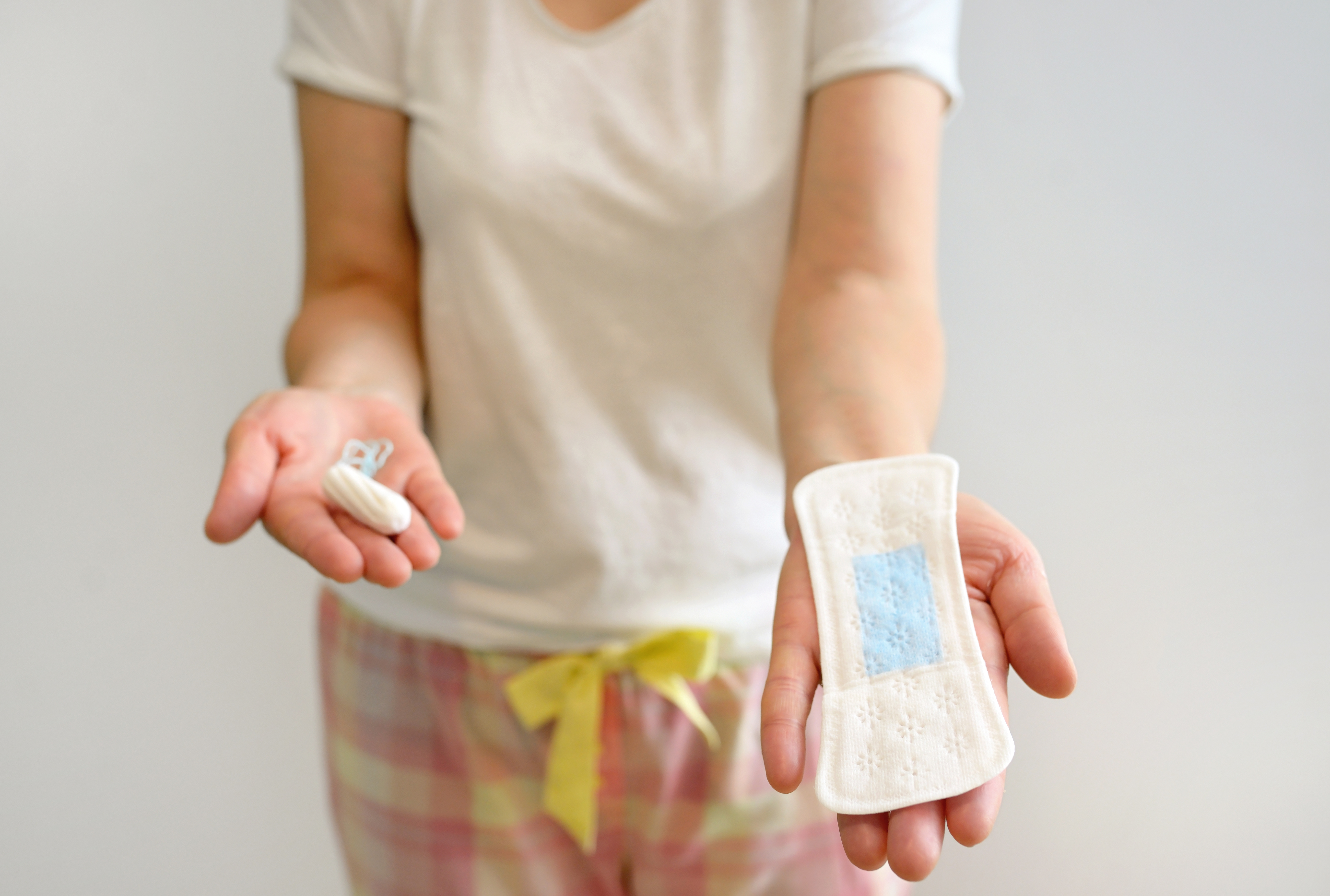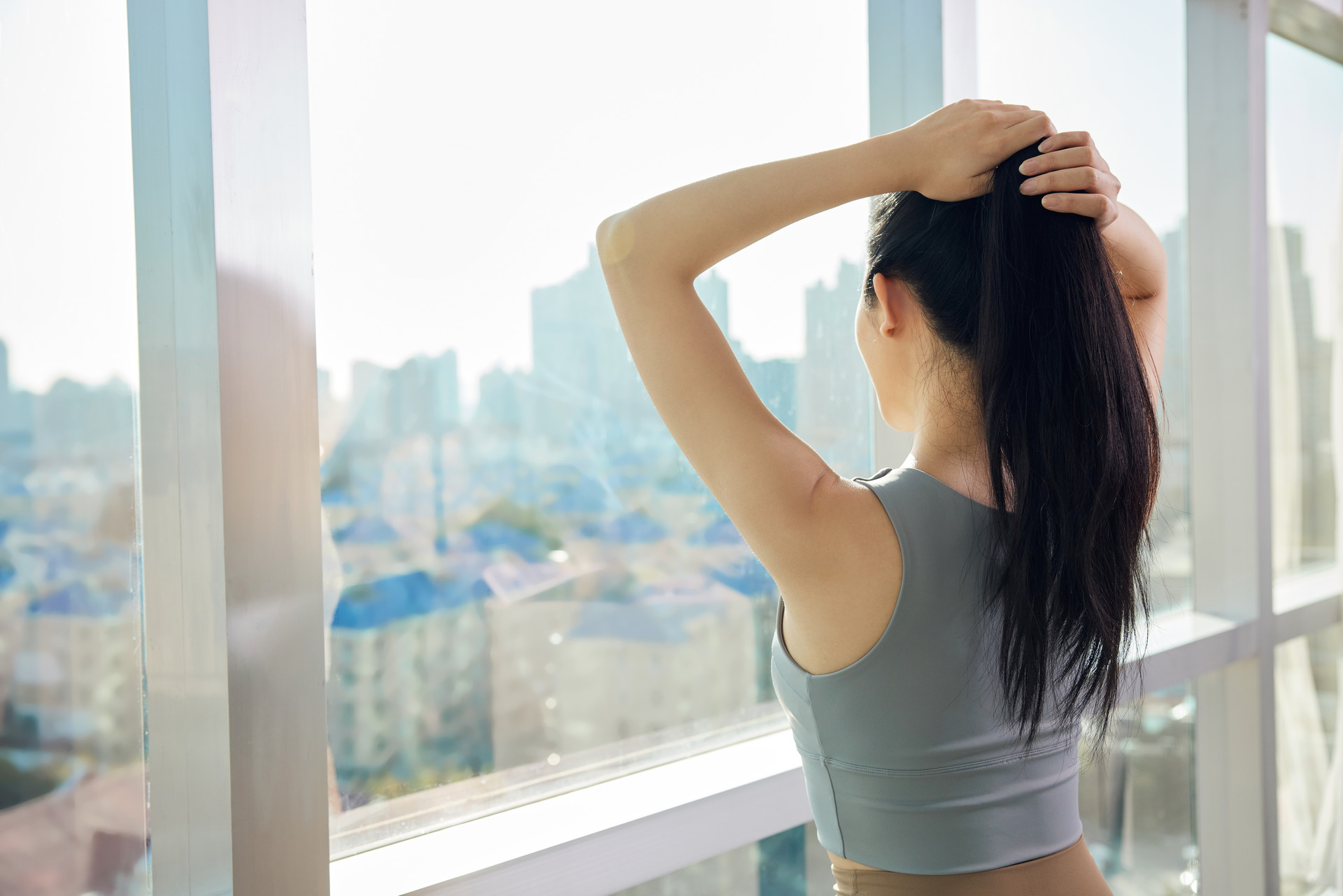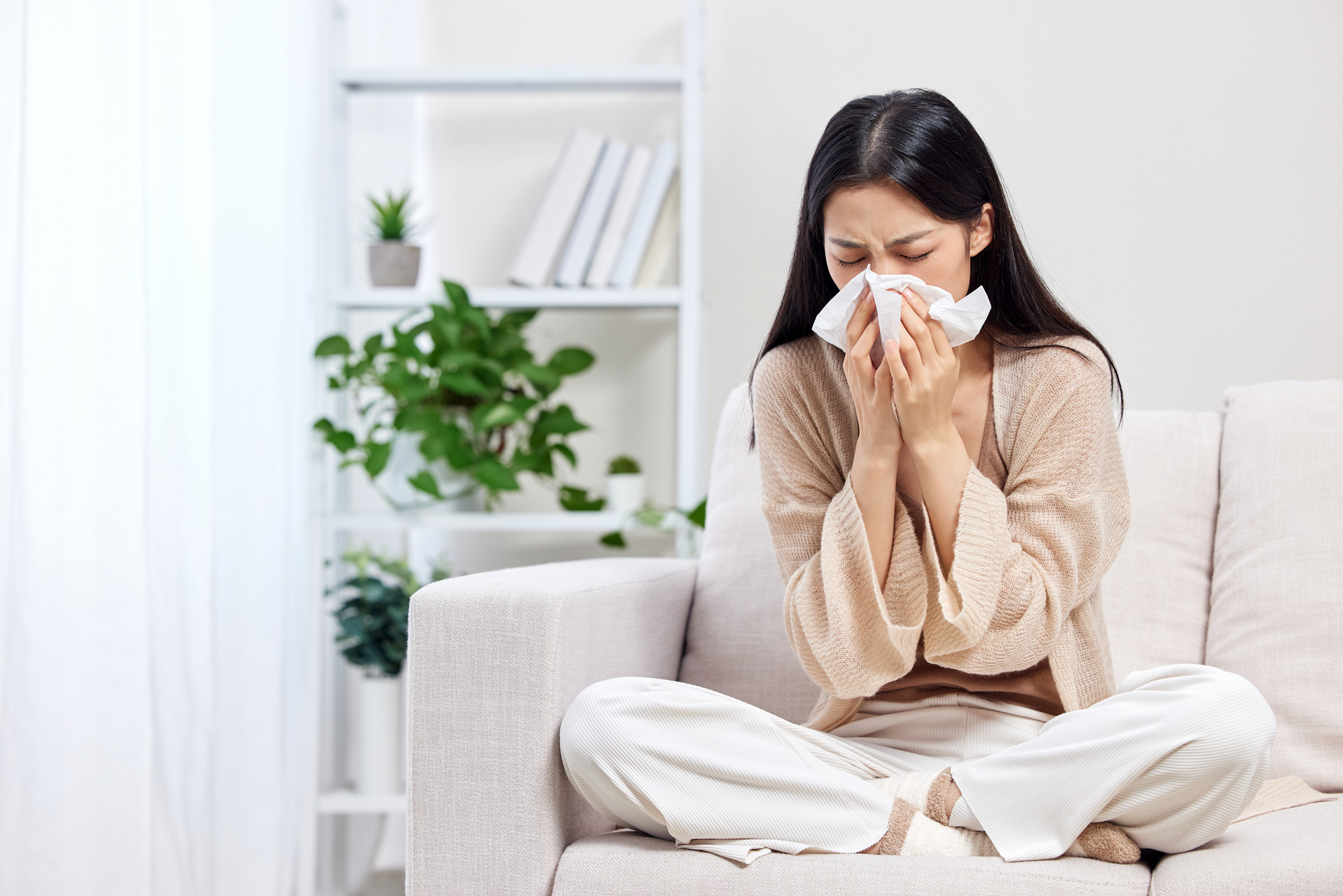In daily life, we often see elderly people moving slowly and sometimes in pain when going up and down stairs. This is caused by osteoarthritis, as confirmed by X-ray examination.
Although osteoarthritis does not pose a threat to life, it does cause a lot of pain and inconvenience. So, how can we prevent and treat it?
(1) Proper rest
Avoid excessive weight-bearing, pay attention to keeping warm, and avoid getting cold or damp. Regularly exercise the knee joints and avoid prolonged sitting, standing, or inactivity.
(2) Functional exercises
This is very important, and the principle is to focus on non-weight-bearing activities. Here are some specific exercises:
Section 1: Leg lifts in supine position. Lie flat on your back, legs straight, arms naturally placed at your sides. Lift your straight legs upward gradually increasing the angle. Later, you can also add weight by attaching a sandbag to the lower leg.
Section 2: Air pedaling in the same supine position. Bend your lower limbs at the hip and knee, raise your toes, and then push upward as hard as possible, extending your toes as much as possible.
Section 3: Side leg swings in lateral position. Lie on your side, straighten your lower limbs and abduct them as much as possible, then slowly return to the starting position.
Section 4: Rolling ankle exercise in sitting position. Place the affected foot on a bamboo tube, round stick, or a wine bottle, and swing it back and forth, causing the bamboo tube to roll and the ankle and knee joints to press and bend.
Section 5: Cycling exercise. Sit on a stationary bicycle or a specially designed exercise bike and pedal, simulating riding a bicycle.
After a period of functional exercises, the knee joint will become more flexible, muscle atrophy can be prevented, muscle strength can be enhanced, and the range of joint motion can be increased. Elderly people should try to avoid weight-bearing exercises on the knees, such as "disco" or running.
(3) Fumigation, washing, and massage
It is best to use traditional Chinese medicine for fumigation and washing. Place 15 grams of Radix Gentianae Macrophyllae, 15 grams of Rhizoma Drynariae, 12 grams of Radix Acanthopanacis Senticosi, 12 grams of Radix Salviae Miltiorrhizae, 12 grams of Rhizoma Curcumae, 12 grams of Radix Cyathulae, 12 grams of Cortex Dictamni, 10 grams of Radix Achyranthis Bidentatae, 10 grams of Fructus Chaenomelis, 10 grams of Flos Carthami, and 10 grams of Lignum Sappan in a pot or basin, add 3-4 large bowls of water, boil it and pour it into a basin (or foot basin), place the affected limb on the basin to let the hot steam fumigate the affected area. After it cools down a bit, soak the affected area in the basin, and immediately dry the skin after fumigation to avoid freezing. When elderly people are undergoing therapy, family members should take care to prevent scalding.
The residue and juice of the medicine should be properly preserved and can be boiled again for the next fumigation. Each application of the medicine can be used 5-6 times, and fumigation should be done 2-3 times a day. Gentle massage of the knee joint can also be done during fumigation. If conditions permit, you can purchase a home therapy device, such as a spectrum therapy device, to assist with treatment.
(4) Medication
Use non-steroidal anti-inflammatory drugs such as ibuprofen, fenbid, xiaofeitong, and traditional Chinese medicine. In severe cases, intra-articular injection or pain point block therapy can be performed to relieve symptoms.






